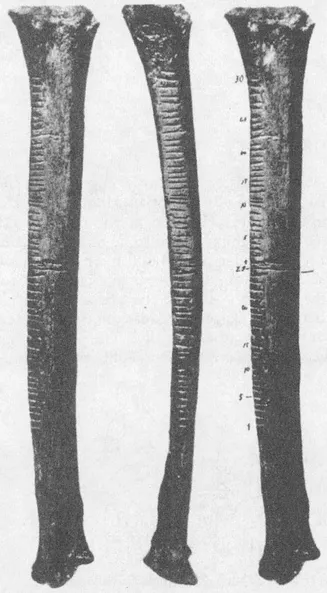
The Historical Roots of Elementary Mathematics
Lucas N. H. Bunt, Phillip S. Jones, Jack D. Bedient
- 336 pages
- English
- ePUB (adapté aux mobiles)
- Disponible sur iOS et Android
The Historical Roots of Elementary Mathematics
Lucas N. H. Bunt, Phillip S. Jones, Jack D. Bedient
À propos de ce livre
`Will delight a broad spectrum of readers.` — American Mathematical Monthly.
Do long division as the ancient Egyptians did! Solve quadratic equations like the Babylonians! Study geometry just as students did in Euclid's day! This unique text offers students of mathematics an exciting and enjoyable approach to geometry and number systems. Written in a fresh and thoroughly diverting style, the text — while designed chiefly for classroom use — will appeal to anyone curious about mathematical inscriptions on Egyptian papyri, Babylonian cuneiform tablets, and other ancient records.
The authors have produced an illuminated volume that traces the history of mathematics — beginning with the Egyptians and ending with abstract foundations laid at the end of the nineteenth century. By focusing on the actual operations and processes outlined in the text, students become involved in the same problems and situations that once confronted the ancient pioneers of mathematics. The text encourages readers to carry out fundamental algebraic and geometric operations used by the Egyptians and Babylonians, to examine the roots of Greek mathematics and philosophy, and to tackle still-famous problems such as squaring the circle and various trisectorizations.
Unique in its detailed discussion of these topics, this book is sure to be welcomed by a broad range of interested readers. The subject matter is suitable for prospective elementary and secondary school teachers, as enrichment material for high school students, and for enlightening the general reader. No specialized or advanced background beyond high school mathematics is required.
Foire aux questions
Informations
1
EGYPTIAN MATHEMATICS
1-1 PREHISTORIC MATHEMATICS

